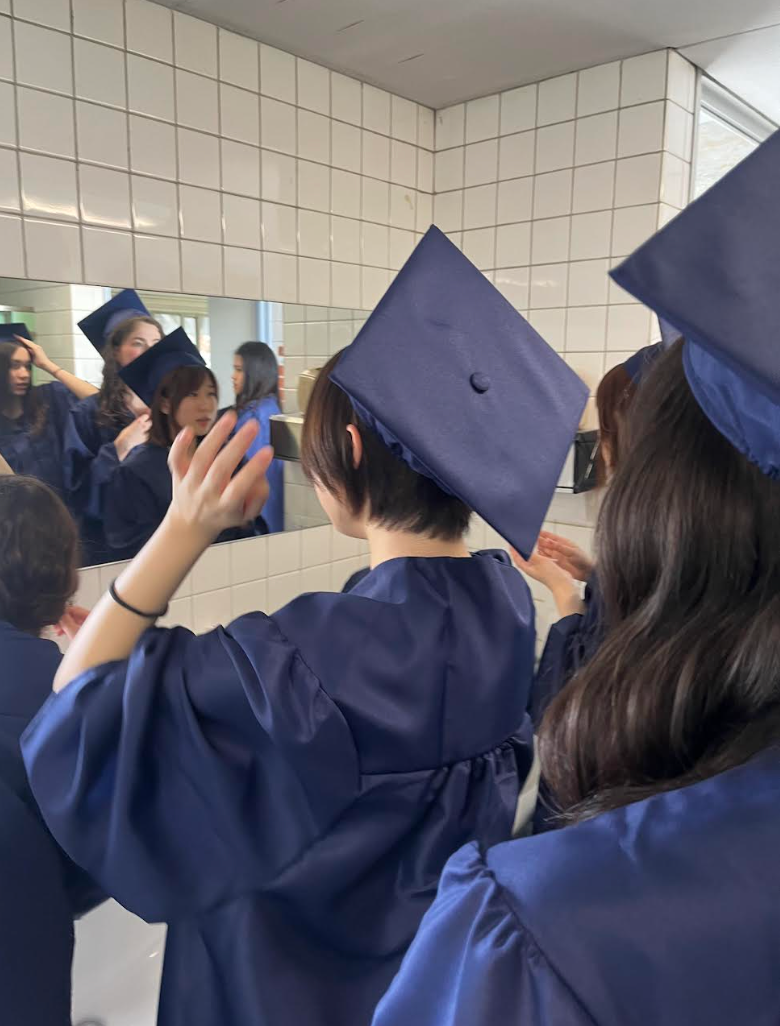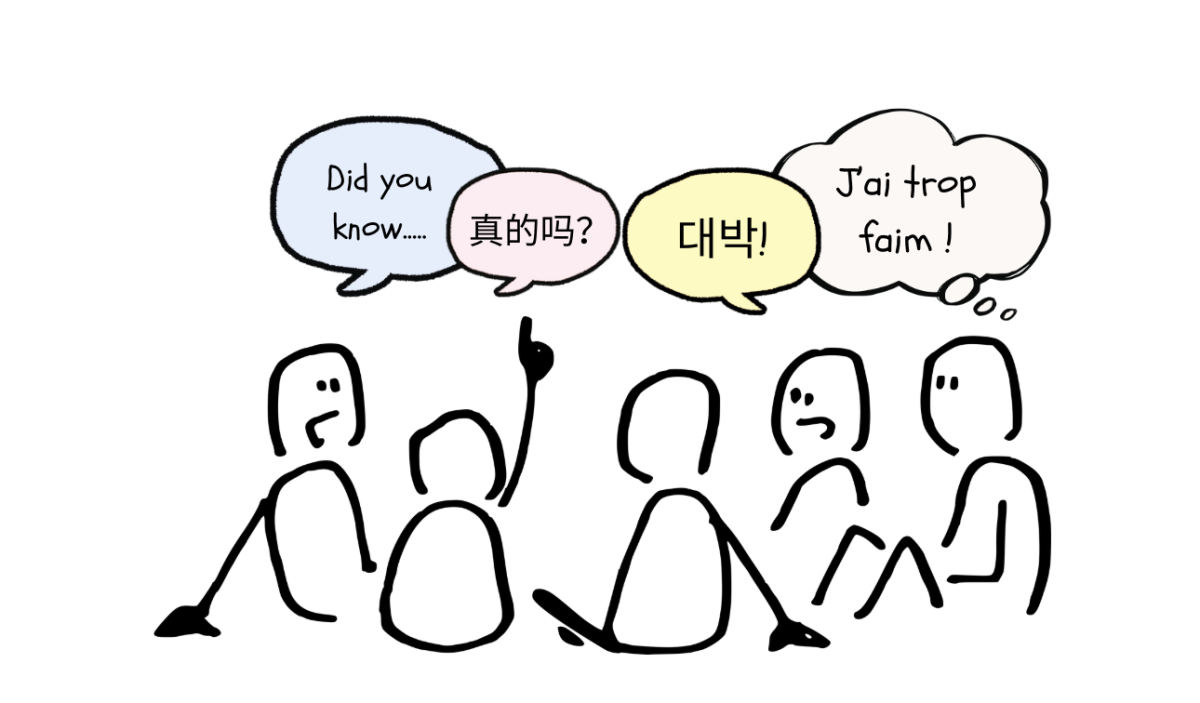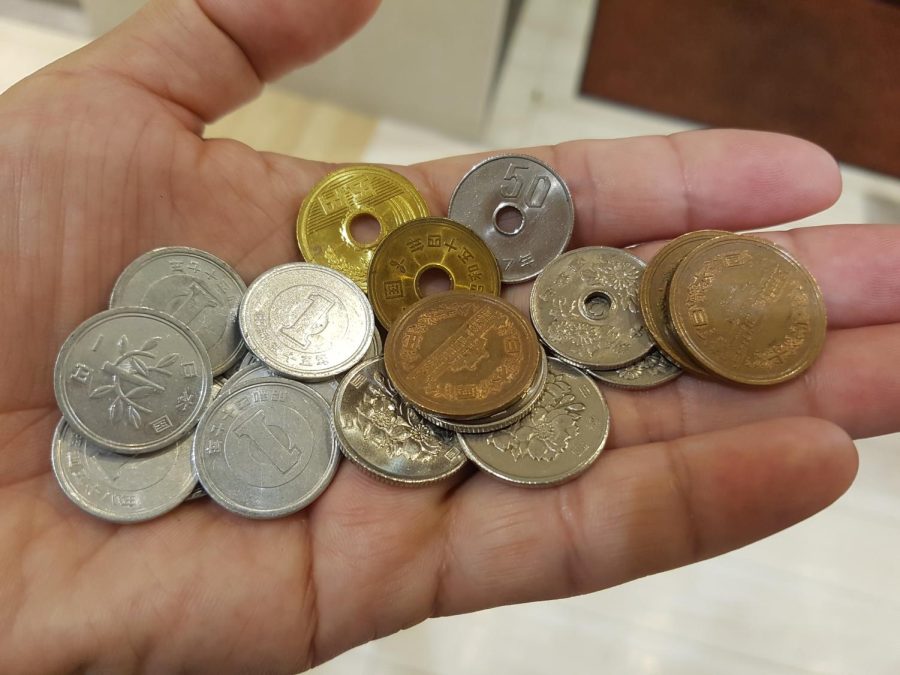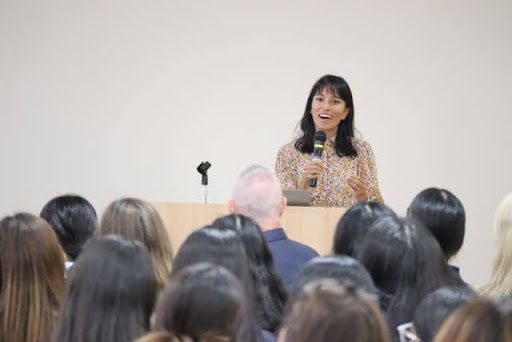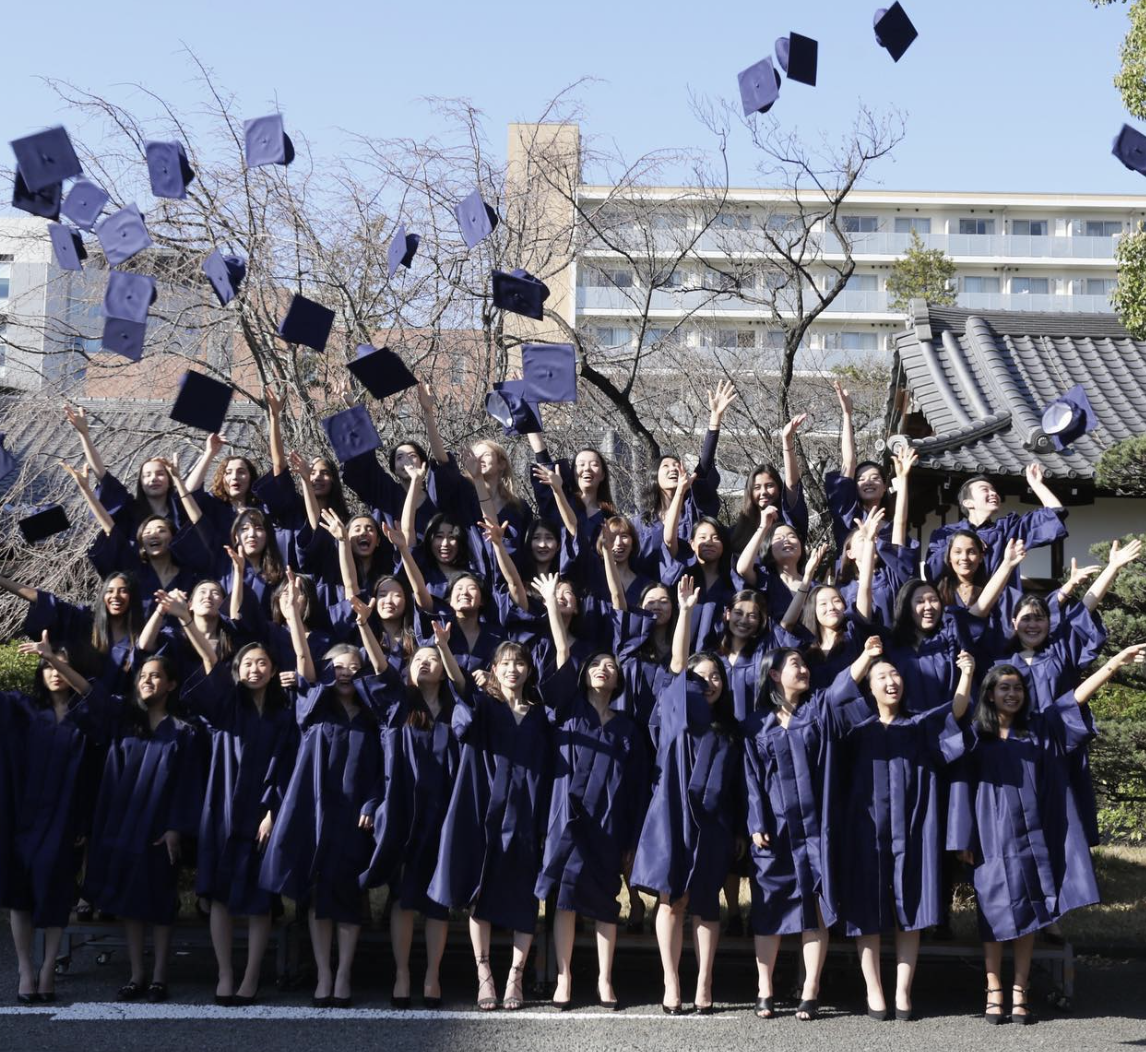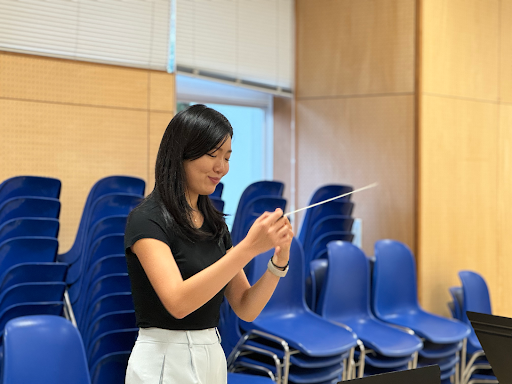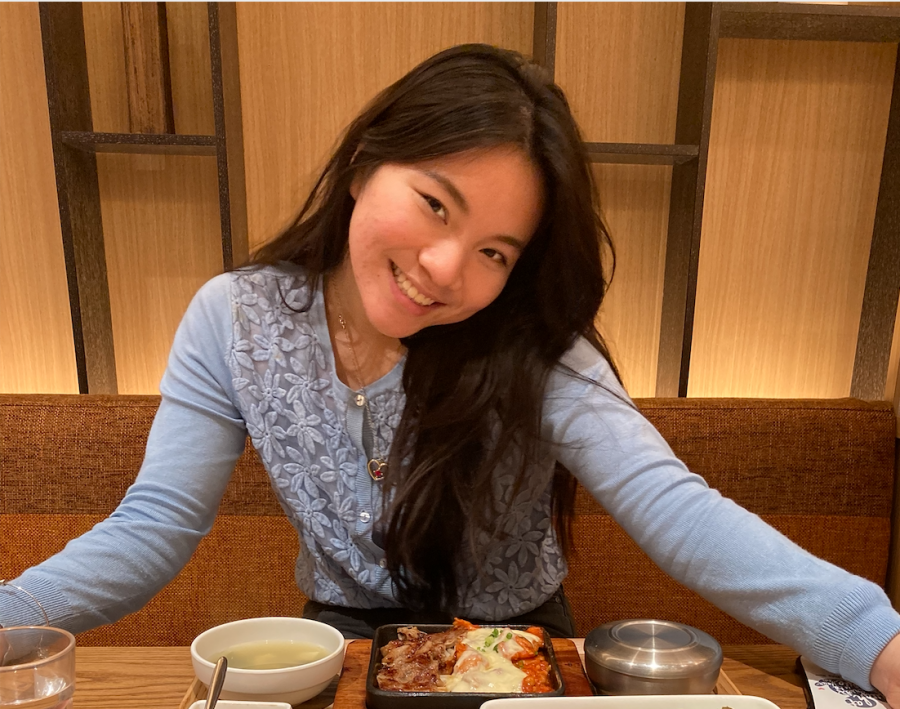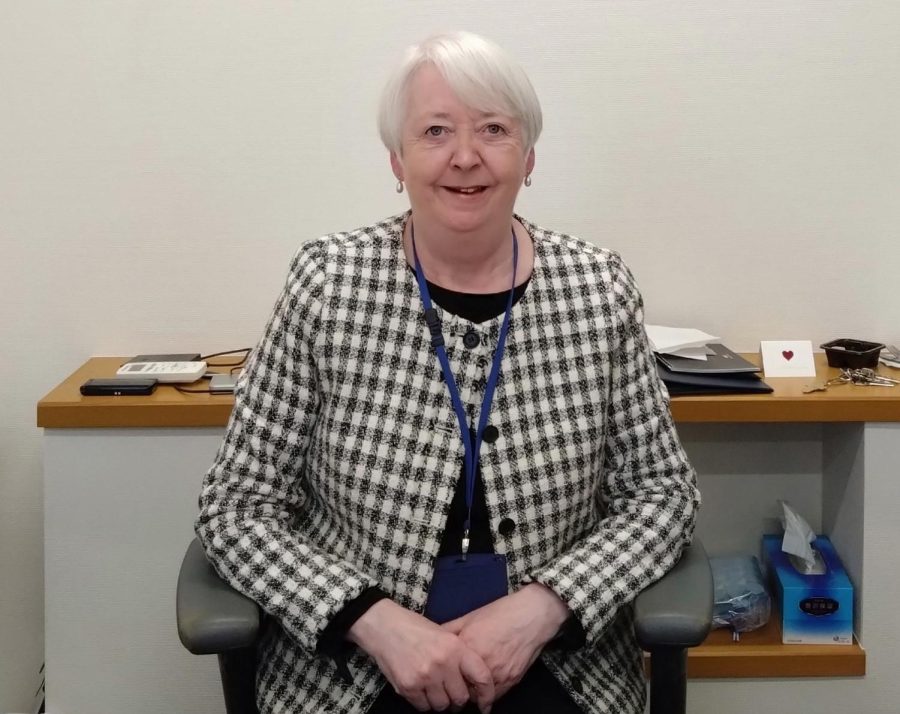Growing up internationally shapes “international kids” in countless ways.
Every child is an amalgamation of their experiences – in addition to exposure to their home culture(s) from their family, international students have the opportunity to interact with the cultures of their host countries.
An important component of a country’s culture is its media—with the advent of avenues like applications that make songs, shows/movies, and social media all the more accessible, it is inevitable that international students engage with the media of their host country.
Interacting with and becoming familiar with a country’s media isn’t just about broadening an individual student’s knowledge base: for international students, it is a powerful tool in forming valuable relationships with their international peers.
Making friends can be difficult, especially in international settings: a frequent barrier people encounter when talking to a new acquaintance is the topic of discussion.
However, common interests are an easy opening—according to Spice Social, a British adult activity club, shared interests allow both parties to be more confident as they are familiar with the topic, which “relieves the pressure of a conversation.” As people have more conversations and spend more time together, they can find other common ground and form a genuine connection.
The knowledge and interest in the cultures of the countries they’ve been exposed to provides a unique opportunity for international students to make friends or strengthen their bonds, especially when these pieces of media are not as mainstream in the English-speaking world.
We conducted interviews with students from St. Mary’s International School and the International School of the Sacred Heart to find out how their experiences growing up in different cultures and consuming the media of those cultures have helped them form and foster friendships in different countries.
Shared Songs: Thai Music
After previously living in South Korea, Alexis N. (‘25, ISSH) moved to Thailand at the age of six. When recalling her time in Southeast Asian countries, Alexis remembers frequently hearing Thai pop music (known as T-Pop), whether in public malls or play places for children.
Thai music, particularly Thai pop music, has become quite popular. A growing interest in Asian music genres has helped Thai music gain popularity, and the popularity of Thai television series has also aided in generating international interest in the genre. According to an article by the music streaming service Spotify, “Thai music is driven by a devoted local fan base that includes the United States, Malaysia, Singapore, Taiwan, and Japan as its top markets, extending well into the global community.” Thailand now has the fifth-largest music industry in Asia, and Thai pop and hip-hop have become two of the most popular genres in the country.
However, despite much exposure to this thriving genre, the young Alexis was indifferent to T-Pop. “Back then, I wasn’t really that interested [in Thai pop music],” Alexis remarked. “But my interest began to grow after I left Thailand.” It was only after moving away that she began to appreciate the genre.

Screenshot: 1theK Originals YouTube channel.
After she moved to Tokyo, Alexis was reintroduced to Thai pop music after hearing K-Pop group Dragon Pony’s cover of the Thai song น้อง (Nong) by the Thai group Three Man Down. Alexis stated that Thai music has a specific sound and feeling, and listening to the distinctive genre brings back memories of her childhood. Feeling a sense of nostalgia, she began looking up more about Three Man Down. She then discovered that one of her close friends, who was Thai, had attended that group’s concert. As she spoke more about the genre with her friend and listened to her friend’s recommendations, Alexis began to grow fond of Thai pop music. “It makes me feel like I’m back in Thailand,” she said, noting that without her previous connection to the country and its music, she likely would not have developed an interest in the genre.
A shared love for Three Man Down’s music, fueled by Alexis’s connections to Thailand, has continued to be a point of connection for Alexis and her friend. Although this friend now lives in Thailand, they still regularly keep in touch, and their favorite Thai music is a regular topic of conversation. The two friends often talk about going to concerts together the next time Alexis has the chance to visit Thailand.
Shared Screens: K-Drama
As demonstrated, shared media can bring together students of different backgrounds and help them forge lifelong friendships. However, for some international students, shared media plays another important role: connecting them with students of the same cultural background but different life experiences.
Students of the same nationality who grow up in their home country are more likely to have similar life experiences, as important milestones (e.g., schooling and graduation) are standardized, and shared environments foster similar mindsets. As such, this inherent common ground is a valuable tool for these children, who can use these shared experiences to connect with other domestic students.
Growing up abroad, international students can have trouble identifying with their fellow nationals, as they don’t have these commonalities. Engaging with the media of their home countries is one way of building their cultural identity and connecting with others of the same nationality. For many international students, K-dramas have been more than just a form of entertainment—they’ve also served as a gateway to cultural connections and shared experiences. K-drama TV shows and movies offer a variety of genres for audiences to enjoy: romance, horror, action, comedy, and many more. They are especially known for their emotional storylines, paired with beautiful aesthetics in scenery and fashion. This unique combination has helped K-dramas gain massive popularity on a global scale, particularly during the COVID-19 pandemic and continuing beyond. According to Netflix, the platform offers subtitles in 33 languages and dubbed dialogue in 36 languages. This accessibility allows people around the world—even those who don’t speak Korean—to enjoy K-dramas.
For sophomore student Yunho L. (‘27, SMIS), K-dramas have played a meaningful role in shaping not only his personal identity as a Korean national but also in helping him form connections with others. Born in Gwangju, South Korea, Yunho moved to Japan when he was three years old, then returned to Korea until the fifth grade before moving back to Japan. He recalled that after re-entering the Japanese school system in fifth grade, he quickly noticed how children his age had experienced their childhoods differently. “Everyone else had a phone—but I didn’t,” he said, recalling the quiet jealousy he felt while adjusting to his new environment.

After his parents eventually gave him a phone, digital media became his bridge to a whole new world. Social media platforms such as YouTube and Instagram introduced him to popular K-dramas trending globally. Shows like “Itaewon Class” sparked his interest and became a popular conversation topic with fellow Korean students.
Although K-dramas helped Yunho connect with his fellow Korean nationals, he found it also helped him become friends with other non-Korean students. Due to the popularity and accessibility of K-dramas, even classmates who didn’t share the same cultural background watched the same series.
“[K-dramas] gave me something to talk about,” Yunho said. What started as a form of entertainment soon became a way to relate to friends and share deeper cultural understanding—even with students who weren’t Korean but still loved K-dramas.
Whether through songs or screens, the media plays an invaluable role in the social lives of international students, whether connecting them with compatriots from different cultures or with their fellow nationals.




